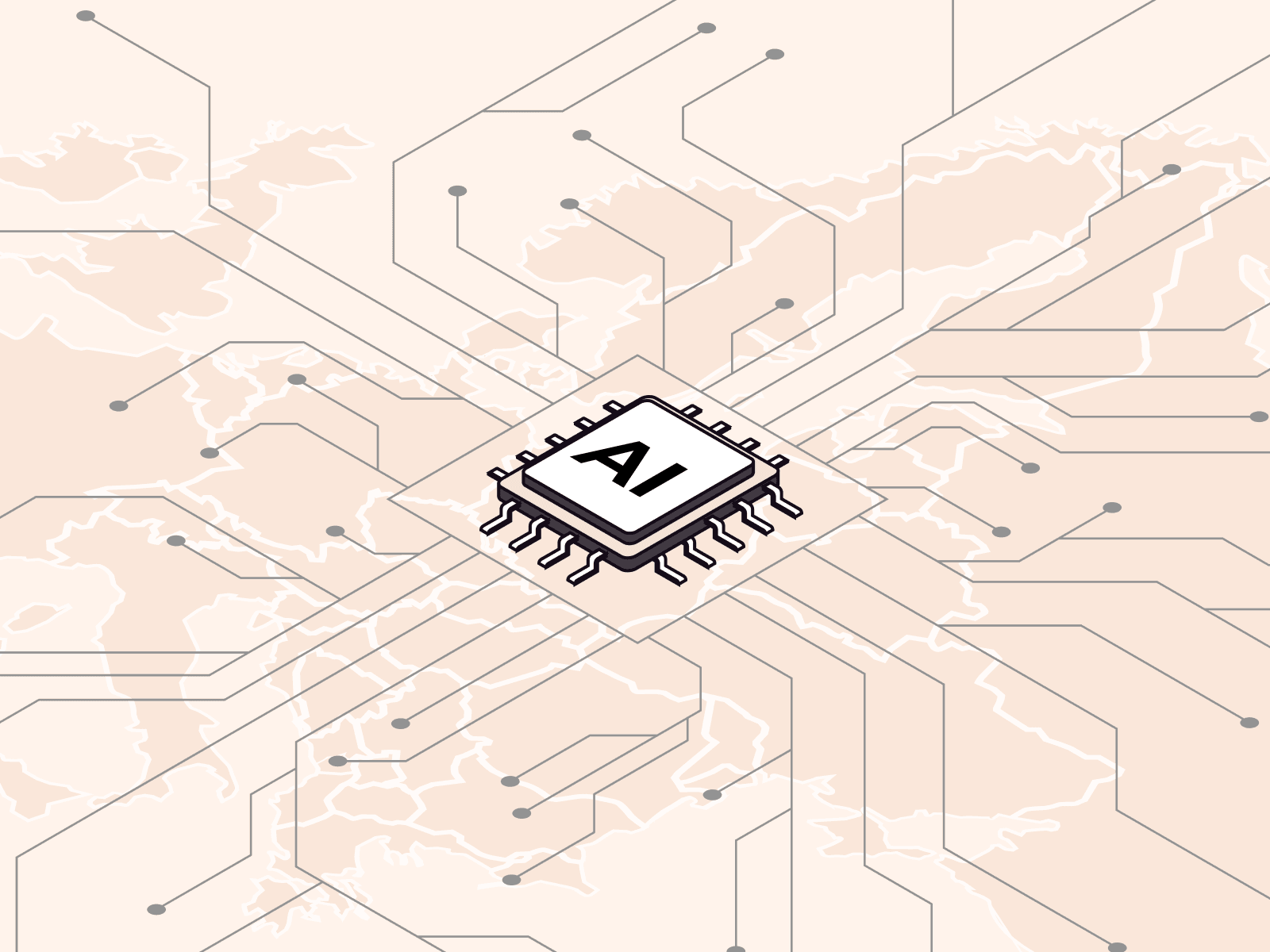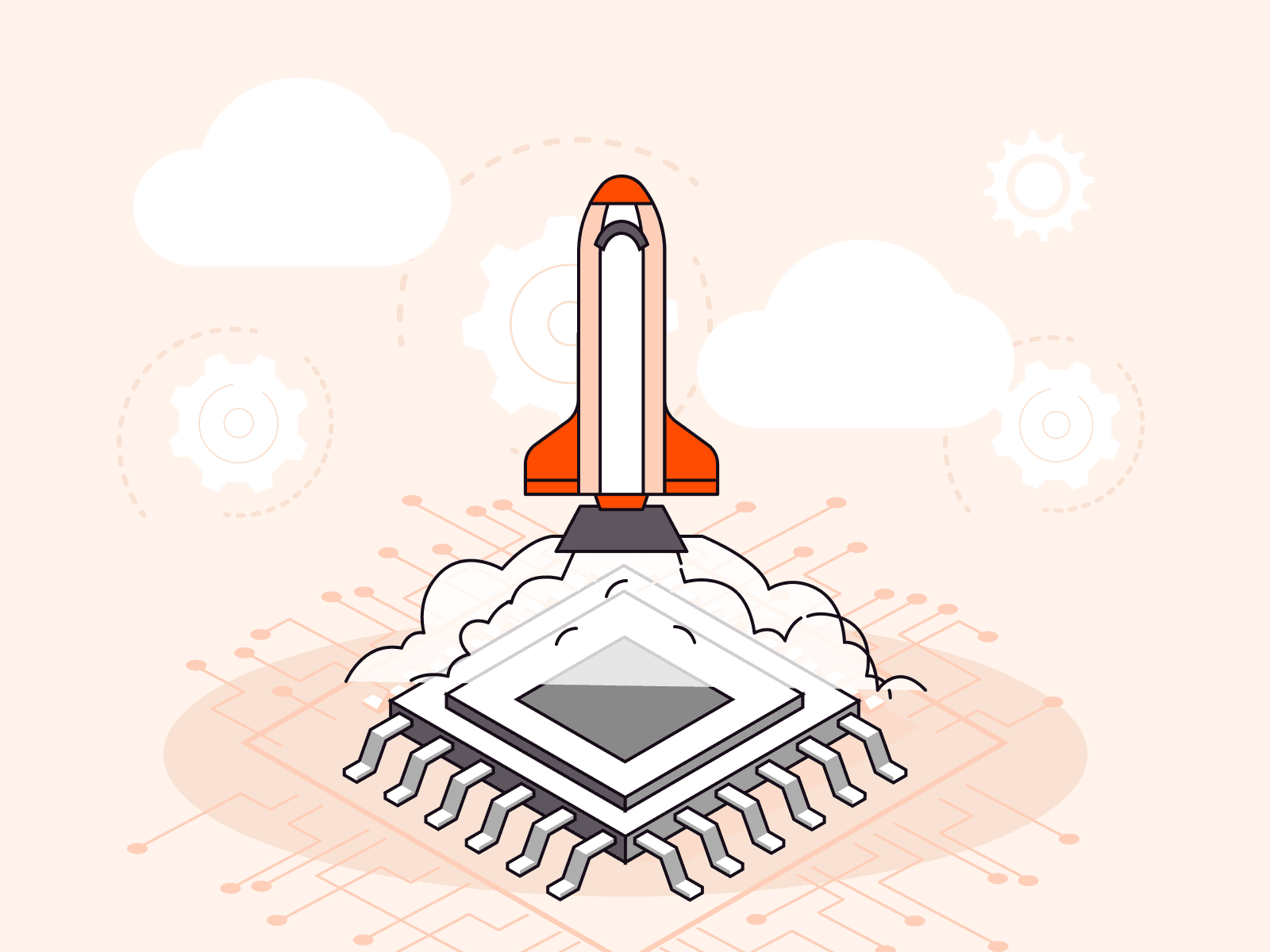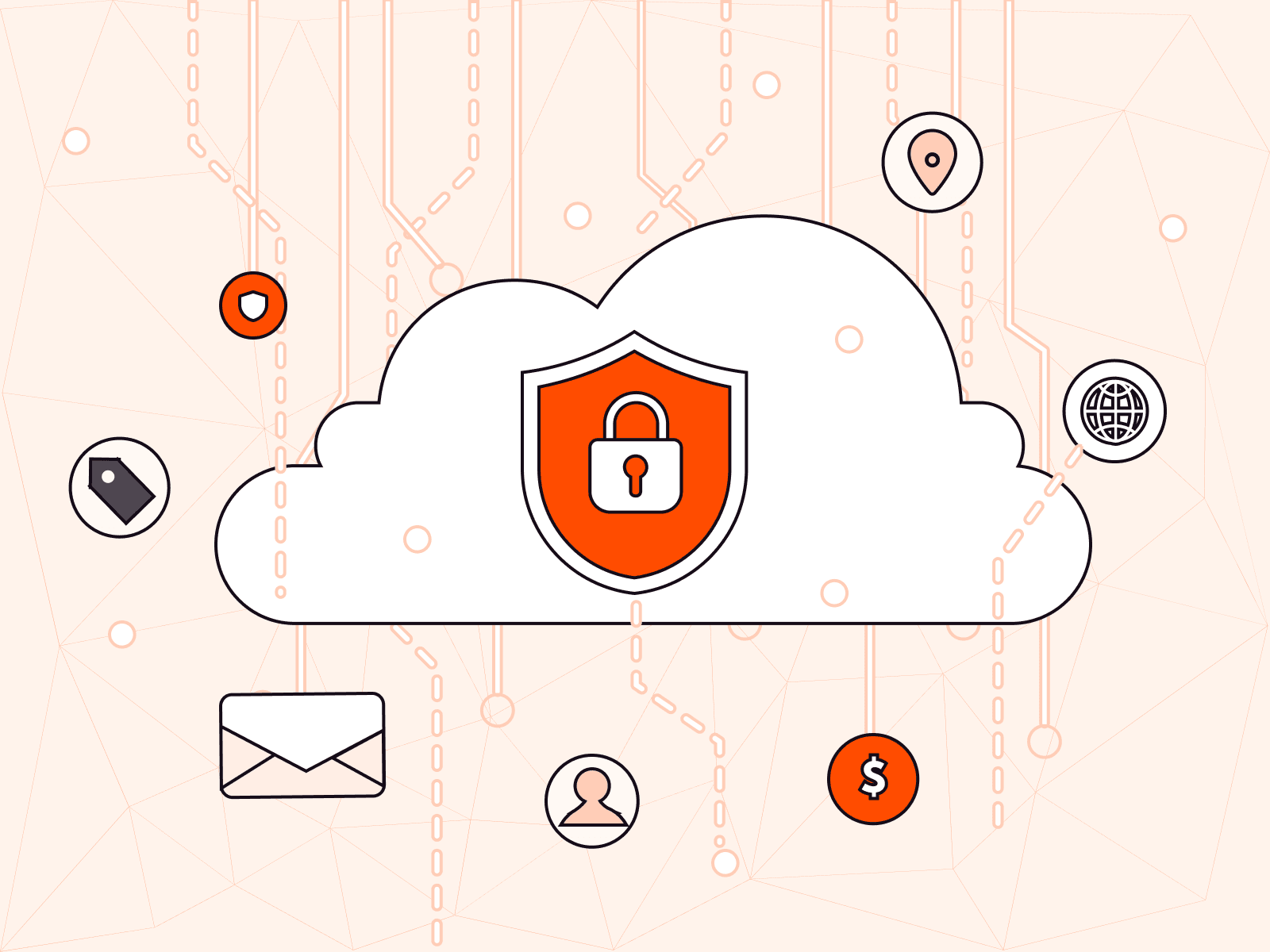How WAAP Stops Common Web Application Threats
- October 7, 2024
- 4 min read

When you hear the phrase “common web application threats,” you might assume they’re easy to stop. After all, if they’re so well-known, shouldn’t they be straightforward to defend against? Unfortunately, that’s not the case. The reality is that even the most widespread threats—like SQL injection, cross-site scripting (XSS), and credential stuffing—are evolving in complexity, slipping past traditional security measures with increasing ease. These attacks may be common, but they’re anything but simple.
Hackers continuously refine their tactics, exploiting gaps in outdated security systems, and relying on automation and AI to scale their attacks. A single overlooked vulnerability or a minor misconfiguration can leave your entire web application exposed. Traditional security tools alone aren’t enough to guard against these sophisticated and evolving dangers.
This is where WAAP comes into play. Unlike conventional defenses, WAAP offers a comprehensive, adaptive solution specifically designed to protect web applications and APIs from modern attack vectors. Let’s take a look at how WAAP stops some of the most common threats to your web apps and APIs.
Prevalent Threats to Web Applications and How WAAP Addresses Them
Web applications navigate a spectrum of threats that jeopardize both data integrity and privacy. Many of these risks align with the OWASP Top 10, a key resource for identifying the most pressing web application vulnerabilities. Below is an outline of significant threats that demand attention.
Injection Attacks
Exploiting input validation flaws, attackers inject malicious code via user inputs—SQL queries, command strings—gaining unauthorized access, exfiltrating data, injecting ransomware, or hijacking applications entirely. Simple static defenses crumble against dynamic injections.
WAAP combats injection attacks by using a dynamic approach to analyze traffic patterns in real time and separate legitimate input from potential threats. Advanced machine learning models continuously learn from traffic behavior, allowing them to identify and reject even the most sophisticated injection attempts.
Broken Authentication
Weak authentication mechanisms grant intruders unrestricted access. Flaws in authentication processes enable data breaches, account hijacks, and exposure of restricted information. Mismanaged credentials become golden tickets for attackers, allowing them access to your web applications.
By integrating identity and access management (IAM) into its security framework, WAAP enforces strict access policies and validates user credentials across multiple layers. Continuous monitoring of user behavior identifies unusual patterns or anomalies, enabling immediate intervention if suspicious activities are detected.
Cross-Site Scripting (XSS)
By embedding malicious scripts within web pages, attackers compromise other users’ sessions, hijacking cookies, session tokens, and sensitive information. A successful XSS attack can lead to unauthorized transactions and data theft.
WAAP tackles this issue by validating all incoming inputs in real time, effectively filtering out harmful scripts before they reach the application. By sanitizing data and employing advanced detection methods, WAAP prevents malicious code from being executed, safeguarding user data and protecting against unauthorized actions.
Insecure Direct Object References (IDOR)
Attackers manipulate input parameters to gain direct access to restricted objects. Bypassing access controls allows unauthorized data retrieval or alteration, and gaps in logic become easy avenues for exploitation.
WAAP addresses IDOR by enforcing access controls at the object level, and verifying that each request has received the appropriate permissions before granting access to resources. This prevents attackers from exploiting these vulnerabilities.
Security Misconfigurations
Misaligned settings, such as untouched default configurations, unpatched systems, and incorrect permissions, open floodgates for attacks. These settings leave vulnerable servers, databases, and frameworks ripe for exploitation and at risk of cyberattacks.
WAAP helps patch these vulnerabilities by applying custom security rules tailored to the specific needs of an application, ensuring tighter control over access configurations. Even its default policies provide an added layer of protection by automatically enforcing best practices.
Sensitive Data Exposure
When inadequately protected, personal information, financial details, and sensitive data can fall into the hands of adversaries. Lax encryption, insecure storage, and mishandled data all accelerate breaches and undermine the security of web applications.
WAAP mitigates sensitive data exposure and leakage by scanning responses from web servers and applying security policies that prevent the exposure of sensitive information.
Broken Access Control
Insufficient access control mechanisms permit unauthorized actions and access, giving malicious or careless parties the ability to alter or steal data. Users exceeding privileges or bypassing controls can pose a significant systemic risk to web applications.
WAAP enhances API security by applying granular access controls and continuous monitoring across API endpoints. It inspects API traffic for suspicious behavior, blocks unauthorized access attempts, and prevents data leakage. With automated threat detection and response capabilities, WAAP secures API communication channels, even in complex microservices environments.
Unvalidated Redirects and Forwards
By manipulating redirects or forwards, attackers can reroute users to malicious destinations or infiltrate internal resources. This vulnerability often facilitates phishing and internal system breaches.
WAAP scrutinizes all redirects and forwards, validating their authenticity and preventing unauthorized redirection. This reduces the risk of phishing attacks and internal breaches
Advanced DDoS Attacks
Common attacks such as DDoS have grown in sophistication, and traditional DDoS defenses often fall short against more sophisticated techniques, such as layer-7 (L7) DDoS attacks that mimic legitimate user behavior to sneak below the radar of conventional security measures.
Advanced behavioral analysis enables WAAP to distinguish between genuine user traffic and malicious requests. By intelligently filtering all traffic, WAAP prevents L7 attacks and maintains application availability without disrupting legitimate user activity.
Centralized Edge Intelligence with Gcore WAAP
Gcore WAAP differentiates with its centralized decision-making at the edge. Unlike distributed models that rely on disparate nodes, Gcore uses a singular architecture that applies decisions consistently, reducing latency and conflict. This edge intelligence serves as a particularly effective defense against threats such as injection attacks and XSS, where swift detection and response are critical.
In addition, Gcore WAAP uses machine learning and behavioral analysis to detect threats such as DDoS, API exploits, and broken authentication attempts. By analyzing traffic patterns, it can distinguish malicious activities from legitimate ones, protecting applications while ensuring minimal disruption to genuine users. The system’s cohesive architecture facilitates seamless interaction across components. Shared intelligence fosters coordinated responses, reducing false positives and enhancing detection accuracy. Gcore WAAP features a unified structure that strengthens every facet of web application security, keeping pace with shifting threats.
Future-Proofing Security
As threats to web applications continue to evolve and adapt, so must defenses. The statistics paint a clear picture: web applications are under near-constant attack, with vulnerabilities acting as an open invitation to attackers. The need for a powerful solution is clear, and WAAP stands out as a comprehensive defense, uniquely equipped to counter the threats specifically targeting web applications.
WAAP is a dynamic tool that adapts to emerging threats. Gcore WAAP enhances scalability and flexibility, ensuring your web applications remain secure in an unpredictable landscape. Protecting against common web app threats is just the beginning: With Gcore’s powerful solution, your web apps and APIs are safe from even the most complex and sophisticated threats, including zero-day attacks and new vulnerabilities.
Related articles
Subscribe to our newsletter
Get the latest industry trends, exclusive insights, and Gcore updates delivered straight to your inbox.






